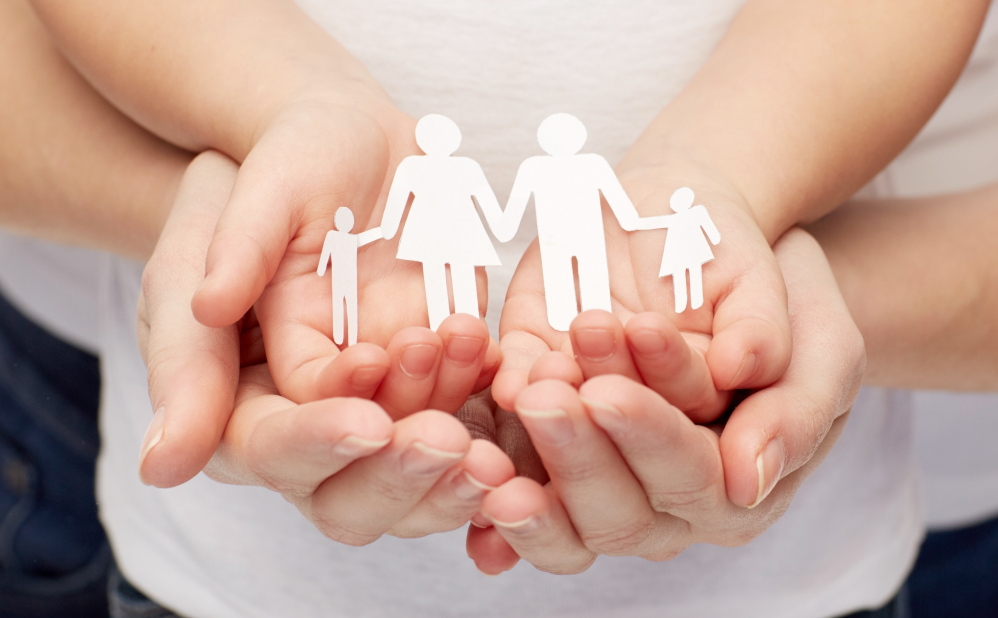Don’t let anyone tell you there was no welfare reform this legislative session.
A ban on the use of electronic benefit cards outside of the state failed to gain enough support. So did a bill barring the use of benefits to buy tobacco, alcohol and lottery tickets. And proposed job-search requirements for those receiving public benefits were also defeated.
But passed in the bipartisan budget were an antidote to the so-called “welfare cliff” and a refundable state Earned Income Tax Credit. Both reward work by low-income Mainers, and unlike other welfare reform measures, there’s really no downside.
If the goal is to move more Mainers off public assistance and toward self-sufficiency, this is the way to do it.
WELFARE CLIFF
Heading into the session, there was a general agreement between Democrats and Republicans that the welfare cliff had to go.
For low-income families struggling to get by on a combination of meager wages and public assistance, a slight raise in pay or a few more hours of work can cause them to lose benefits under the Temporary Assistance for Needy Families program.
Under the old system, a single mother of two, for instance, could make a maximum of $1,023 a month, or $12,276 a year, and qualify for TANF. A dollar more, and the mother fell off the cliff, losing all the assistance at once, and often making the family worse off than it was before.
Gov. LePage, who made the welfare cliff a prominent part of his first campaign for governor, and Rep. Drew Gattine, a Westbrook Democrat, both submitted bills this session aimed at the welfare cliff, and elements of both bills were included in the final budget.
Most prominently, a recipient’s benefits will no longer disappear all at once when they reach the income threshold. Instead, the level of assistance will decline gradually.
It’s not a benefits cliff anymore; it’s a gently sloping hill.
The budget also eliminates additional barriers to work through two other provisions. One improves the system that provides vouchers for child care to welfare recipients, and the other provides funds to help families on public assistance pay for transportation to work.
Both are the result of the recognition that working-poor families barely earn enough for housing, clothing and food. They work at the lowest rung of employment and are often one sick child or blown gasket away from missing a shift and losing a day’s income, or the job altogether.
The provisions included in the budget make it easier for them to transition off public assistance while avoiding the many pitfalls that can derail the poor on their way to self-sufficiency, at a significant cost to all of us.
TAX CREDIT
The state budget also makes the state-funded Earned Income Tax Credit fully refundable, meaning that low-income Mainers will receive the full benefit regardless of their tax liability.
Twenty-five states have a state-funded EITC to complement the much-larger federal version; until now, Maine was one of only four in which the credit was not fully refundable.
The EITC is another incentive to work. As the name suggests, you must earn an income to receive it, and at very low incomes, the benefit increases along with income, so recipients are encouraged to take on more hours.
Along with the Sales Tax Fairness Credit, the state EITC is meant to counteract the regressive sales, excise and property taxes that are a particularly heavy burden on low-income families.
For a family of four earning $35,000 a year, that translates into an extra $375.
That’s a slight cushion to the struggling working poor, giving them a better chance at getting by.
In addition, it translates into better health, and educational performance and attainment for their children.
The federal EITC expansions in the 1990s contributed as much to the fall in the number of single mothers receiving benefits as other welfare changes, including time limits. Of the people who use it, 61 percent use it for only a year or two at a time.
In short, the credit pays for itself.
MORE TO BE DONE
Together, these changes represent effective welfare reform that makes it easier for Maine families to work and to earn their way off public assistance.
There is still more to be done. The EITC, which in Maine is set at just 5 percent of the federal credit, could be expanded, and there are ways to further smooth out the welfare cliff. Both should be addressed when Gattine’s bill, which was carried over from this session, is taken up next year.
But the Legislature this year made real progress on welfare reform, and Maine is better for it.
Send questions/comments to the editors.



Success. Please wait for the page to reload. If the page does not reload within 5 seconds, please refresh the page.
Enter your email and password to access comments.
Hi, to comment on stories you must . This profile is in addition to your subscription and website login.
Already have a commenting profile? .
Invalid username/password.
Please check your email to confirm and complete your registration.
Only subscribers are eligible to post comments. Please subscribe or login first for digital access. Here’s why.
Use the form below to reset your password. When you've submitted your account email, we will send an email with a reset code.